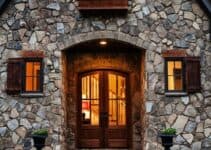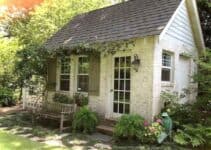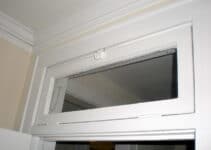Owning a thatched cottage is a dream come true for most people. There is something about the rustic charm of a cottage with its thatched roof which is irresistible to many.
However, before you make the decision to purchase one, there are a few important considerations that should be taken into account. Is a thatched cottage a good investment? There are many factors that make it a great investment, lets look into this in more detail.

Does a Thatched Roof Add Value?
The most important consideration when buying a thatched cottage is whether the roof will actually add value to your property. The answer is yes.
A thatched roof does in fact add a lot of value to your property in different ways. You should know because here you are, smitten by it. Everyone else feels just the same! You can feel it luring you in by its charm.
Here are the top ways a thatched roof adds value:
House with Thatched Roof Increases The Resale Value Of A Property
A thatched roof will add a significant amount to your property’s resale value. It is not uncommon for thatched cottages to be sold at a 20 percent premium over non-thatched properties in the same village.
A thatched roof adds character and interest to your house as a whole – something a regular tiled roof does not do. This makes a big difference to the curb appeal and when it comes to the amount of Des Res appeal that potential buyers feel towards your home.
House with Thatched Roof Signifies Historical Importance
A thatched house is not only beautiful but has significant historical importance as well. Many of these cottages will be listed buildings for obvious reasons.
It is incredible to believe that the bottom layer of thatch on a roof could have been there as long as 500 years.
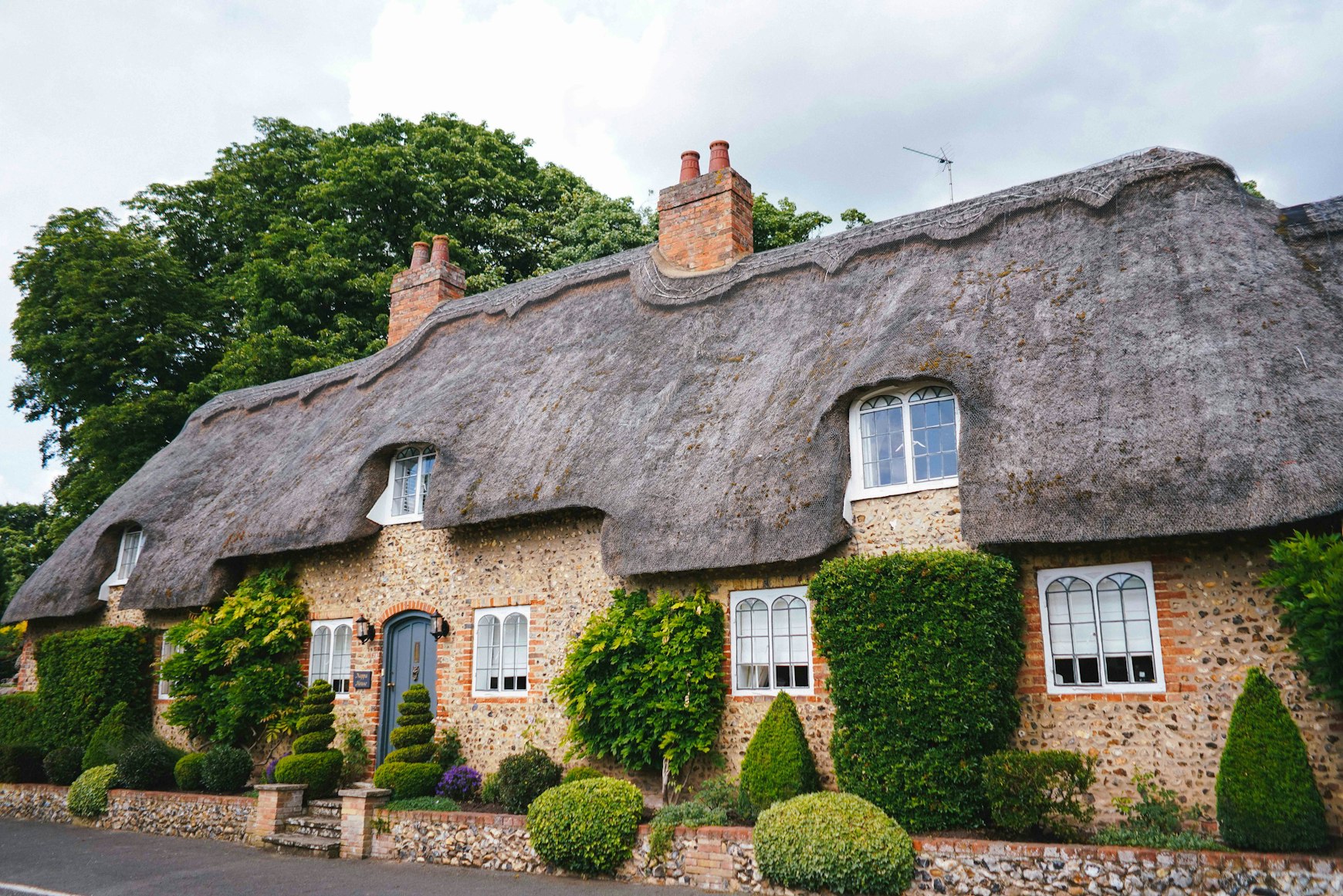
House with Thatched Roof Adds Character
Apart from making your property a prime piece of real estate, a thatched roof also gives your home the perfect country cottage feel. A thatched roof is beautiful and charming and can make even an ordinary-looking house beneath look like something just out of a fairytale.
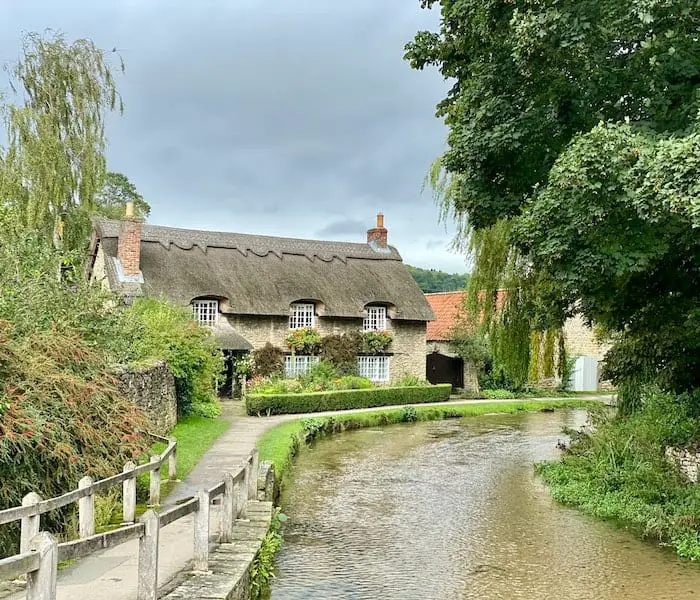
When it comes to insurance for thatched cottages, a lot of people assume that they are not covered in the event of any damage to the roof. However, this is not true. A standard homeowner’s insurance policy will cover most types of damage that may be done to a thatched roof, including leaks.
Furthermore, the cost to insure a thatched house is thankfully not as high as one might think. In fact, the cost is only slightly higher than the insurance for a property with a tiled roof.
The process for insuring a thatched house is the same as it is for insuring a regular property, although some special considerations may need to be taken into account when acquiring an insurance policy and you should check these carefully with your broker.
You need to ensure that your insurer will actually pay out enough in the event something goes wrong with your roof. This means you want an insurance company that offers a “cost price” clause in their policy, meaning that they will reimburse you for the market value of the materials needed to repair or replace your thatched roof.
Some insurance providers may also insist on (provable) regular maintenance and if you have a working inglenook fireplace or woodburner, to have the chimney swept at least twice a year by a qualified chimney sweep.
Thatched Roofs and Fire Risk
Contrary to popular belief, a thatched roof does not pose any significant fire risks.
Statistically, thatched houses do not catch fire any more often than houses with other types of roofs. But when these beautiful buildings burn, they burn more rapidly and spectacularly. This is made worse because thatch is designed to repel water so it is harder for firemen to extinguish flames.
Ejected embers from chimneys are the biggest cause of thatch fire. You do therefore need to be very careful if you have a solid fuel or wood burner or an open chimney.
These are just some of the things the Fire Service gives as safety advice to anyone living in a thatched building:
- Insulate the chimney flue to prevent the heat from transferring into the thatch layer
- Get the chimney swept twice a year by a qualified chimney sweep
- Only burn dry or seasoned wood to limit soot deposits in the flue
- Put in heat sensors within the thatch around the chimney
- Fit smoke detectors in the roof space and link them to activate the other detectors in the house
- Check wiring in the roof space regularly
- Install an outside tap with a long enough hose to reach around the house and up to the roof
- Never have bonfires or fireworks in your garden, and if any are nearby, be vigilant
- TV aerials’ cables on the roof should avoid all contact with the thatch
Maintenance Costs
Maintaining a thatched cottage roof is a relatively simple process that most homeowners can do themselves. In fact, with some regular brushing and sweeping, you will be able to keep your roof beautiful with little expense or extensive effort on your part.
In addition to this regular maintenance, you should have an assessment done every few years by a local thatcher. These people specialise in inspecting and repairing thatched roofs and can fix all kinds of problems. It is best to nip issues in the bud.
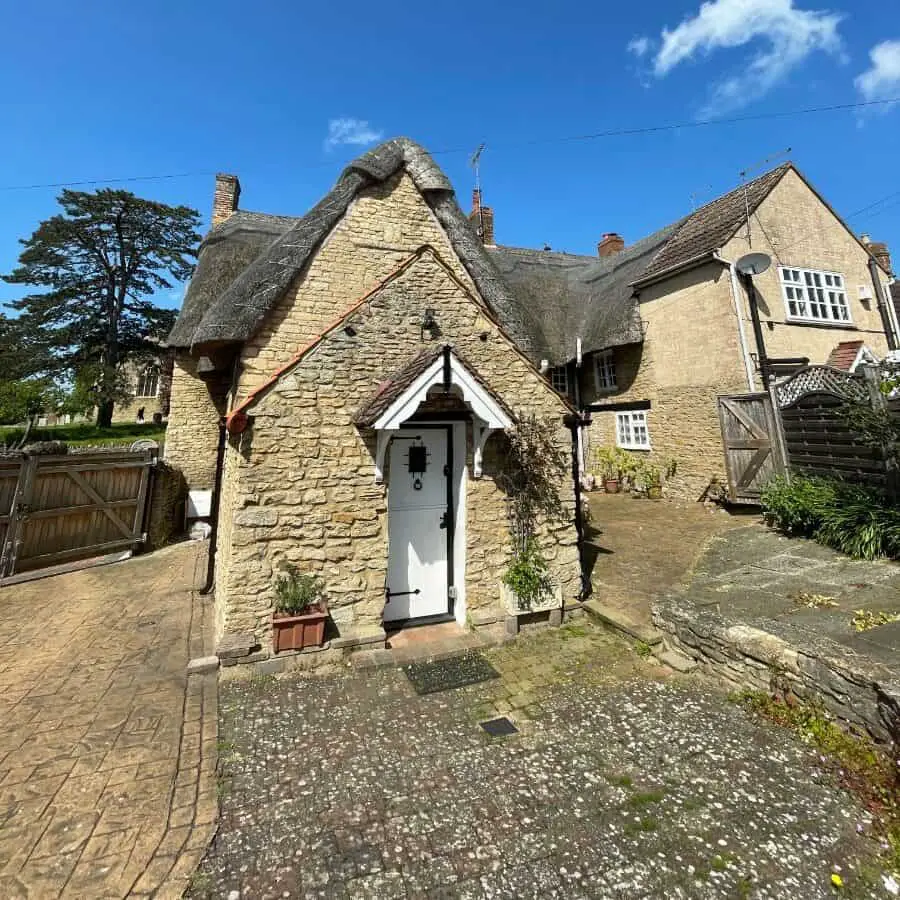
One thing you need to be aware of when it comes to maintenance costs is choosing the correct materials for your roof. You must invest in high-quality materials. Otherwise, the end result will look cheap and tacky – with one glance at it ruining all the effort you put into your home’s appearance.
Thatched roofs are remarkably resilient in high winds (better than some other forms of tiles) but if things go wrong, then bear in mind the repair bill will be higher than the price of a few slates on a regular roof.
Are Thatched Cottages Hard to Sell?
In comparison to conventional houses, thatched cottages can be harder to sell. Despite their aesthetic beauty this might not be the look that everyone is interested in, making the buyer pool smaller.
Secondly, the maintenance of a thatched roof can be time-consuming and costly, as they require regular upkeep and re-thatching every 15-30 years. Buyers may be deterred by the responsibility and potential financial burden.
Lastly, insuring a thatched cottage can be more expensive due to the perceived fire risk associated with thatch, even though modern fire prevention methods have reduced this risk significantly.
These factors combined make thatched cottages harder to sell, as they appeal to a smaller, specialized market with a willingness to tackle these challenges.
But this shouldn’t be a reason not to buy a thatched property. The advantages definitely outweigh the disadvantages in my opinion!
Thatched Property Investment
If you are looking to purchase a home with a beautiful rustic charm to it, then look no further than a property with a real thatched roof. It does not just add value to your property but also gives your property a unique look and character that is hard to match.
But make sure you go in with your eyes open and are aware of what comes with owning such a home, including insurance policies and maintenance costs. These will normally more than be offset by the rising equity in your home.
Therefore, buying a thatched cottage is a great investment as long as you look after it properly. Love your home and it will love you back for many years to come.
